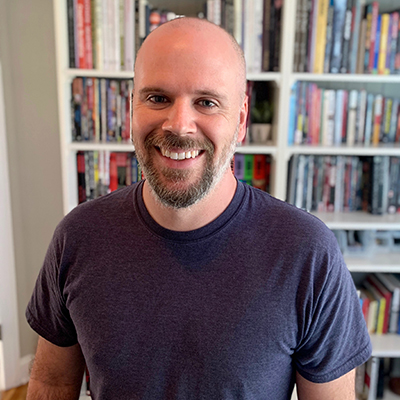Douglas Dabbs
Doug Dabbs teaches Beginning Illustration, Digital Illustration, Advanced Illustration, and Concept Illustration courses.

Doug Dabbs teaches Beginning Illustration, Digital Illustration, Advanced Illustration, and Concept Illustration courses.